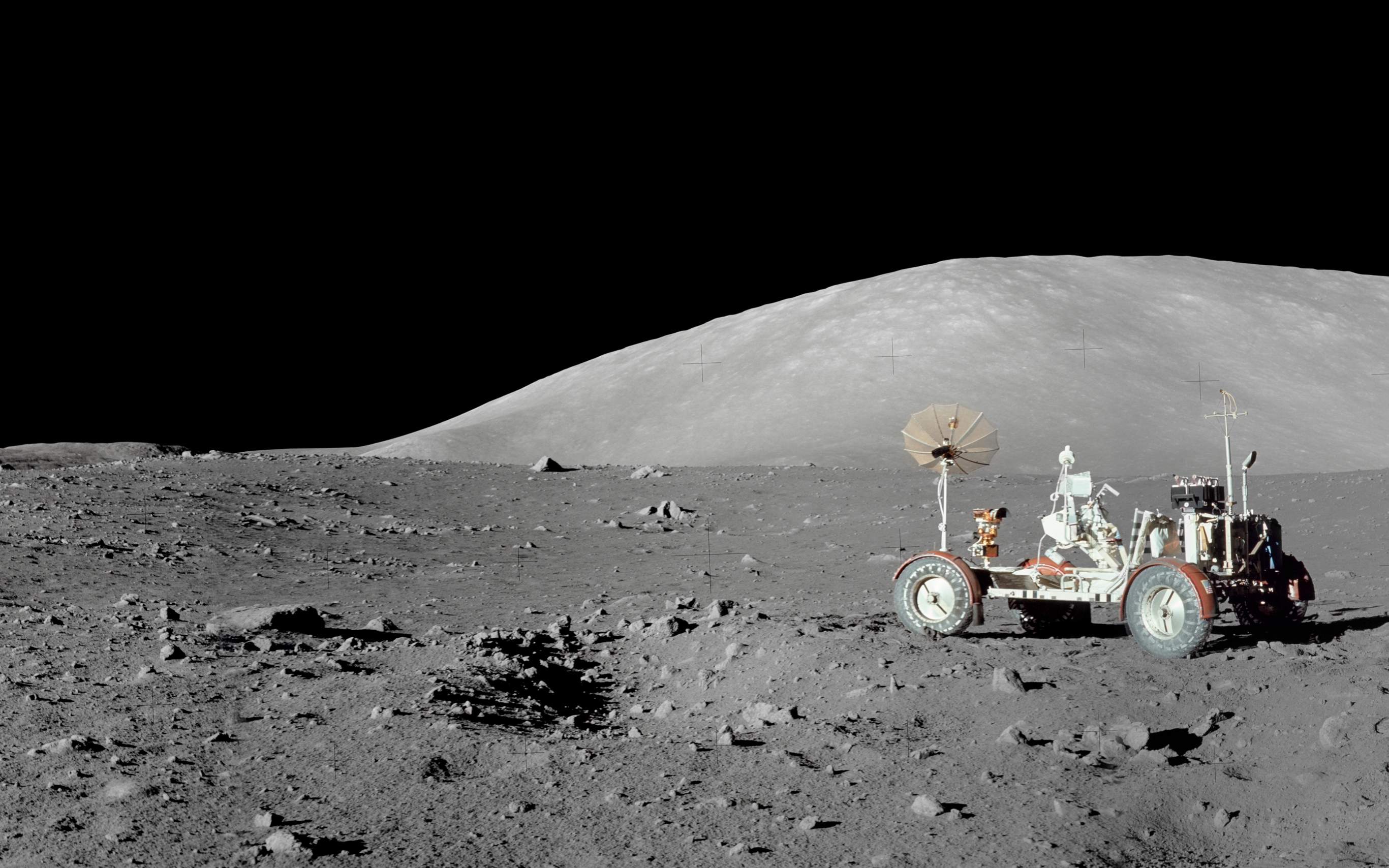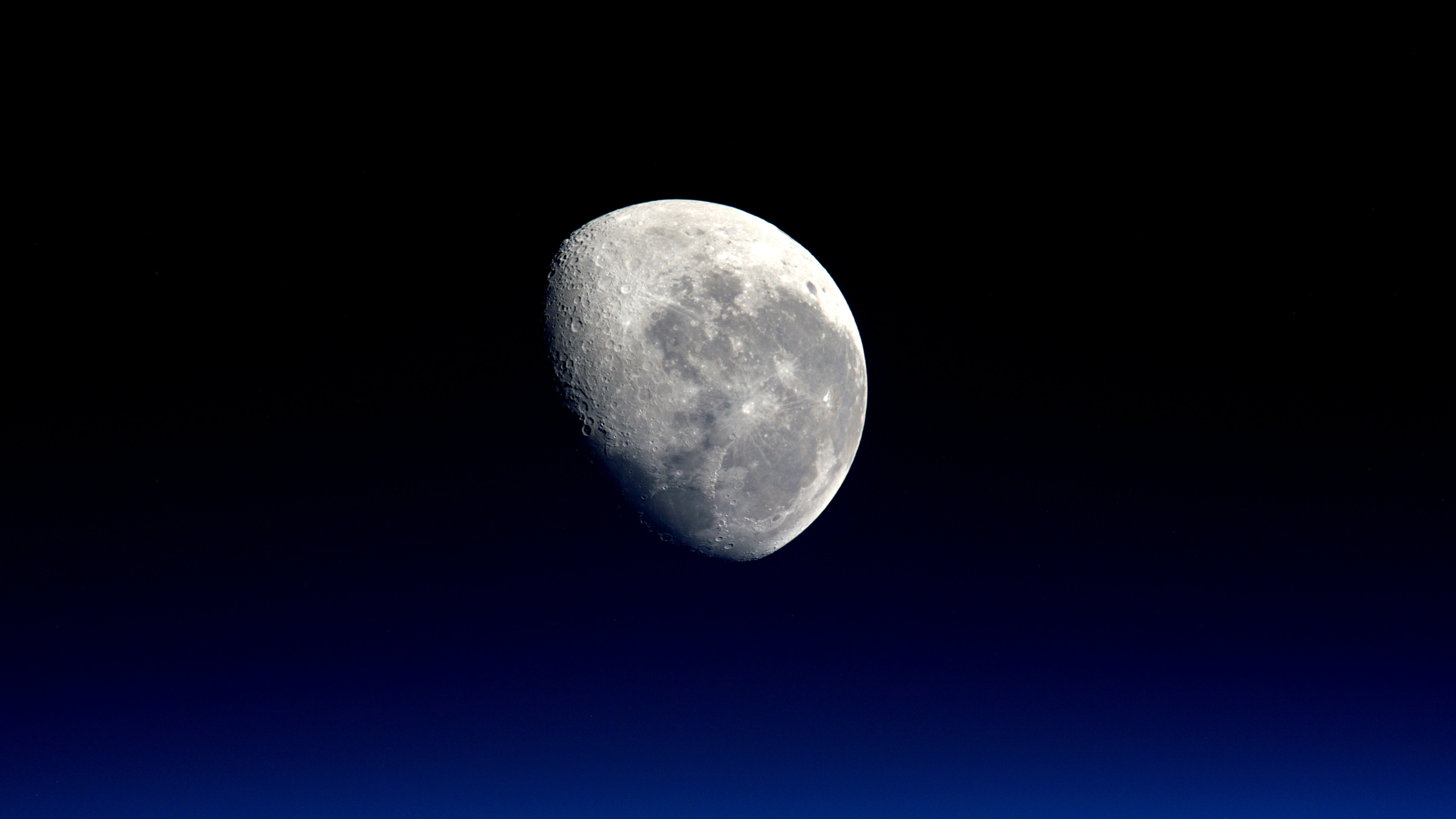

“I think the space race is really between us and China,” NASA administrator Bill Nelson said at a press conference last week, according to the New York Times’ Kenneth Chang and Anton Troianovski. NASA’s Artemis program has a crewed lunar flyby tentatively scheduled for 2024 and a crewed landing on the moon’s south pole for 2025. China has also announced its intentions to land people on the moon before 2030, per the Washington Post, a desire that signals the rivalry between the two countries. Other countries are also focused on moon missions within this decade. Four years ago, India attempted to land a spacecraft on the moon, but it crashed, according to the BBC. In response, the United States put the first people on the moon in 1969. Russia hopes to land its spacecraft first. The mission comes as other countries are imposing economic sanctions on Russia in response to its invasion of Ukraine.ĭuring the Cold War-era space race, the Soviet Union sent the first satellite to orbit the Earth in 1957, the first spacecraft to land on the moon’s surface in 1959 and the first human to space in 1961. India’s Chandrayaan-3 spacecraft launched on July 14, but it isn’t scheduled to land on the moon until August 23, according to the BBC. On Sunday, Russia turned on Luna-25’s scientific instruments and began processing data, per Reuters’ Guy Faulconbridge. The spacecraft is expected to reach lunar orbit on August 16, where it will remain for five to seven days, before landing north of the Boguslavsky crater. Moscow time on Friday, August 11, from within Russia. Russia’s space agency, Roscosmos, says it wants to “ensure Russia’s guaranteed access to the moon’s surface” and prove the nation “is a state capable of delivering a payload to the moon,” per Emma Burrows and Jim Heintz of the Associated Press (AP).

“We can start asking questions about the local conditions near Earth as it was evolving.”īut the mission also has political implications. “By understanding how the moon has collected water over time, we could start to piece together the history of water in the solar system,” Simeon Barber, a planetary scientist at the Open University in the United Kingdom, tells Nature News. Plus, the discovery of water ice would contribute to our knowledge of the cosmos. Hydrogen from the ice could be used to make rocket fuel at a moon base, and astronauts might drink the water itself after it’s treated, writes the BBC’s Chris Baraniuk. Finding water ice would be useful both scientifically and practically.


 0 kommentar(er)
0 kommentar(er)
